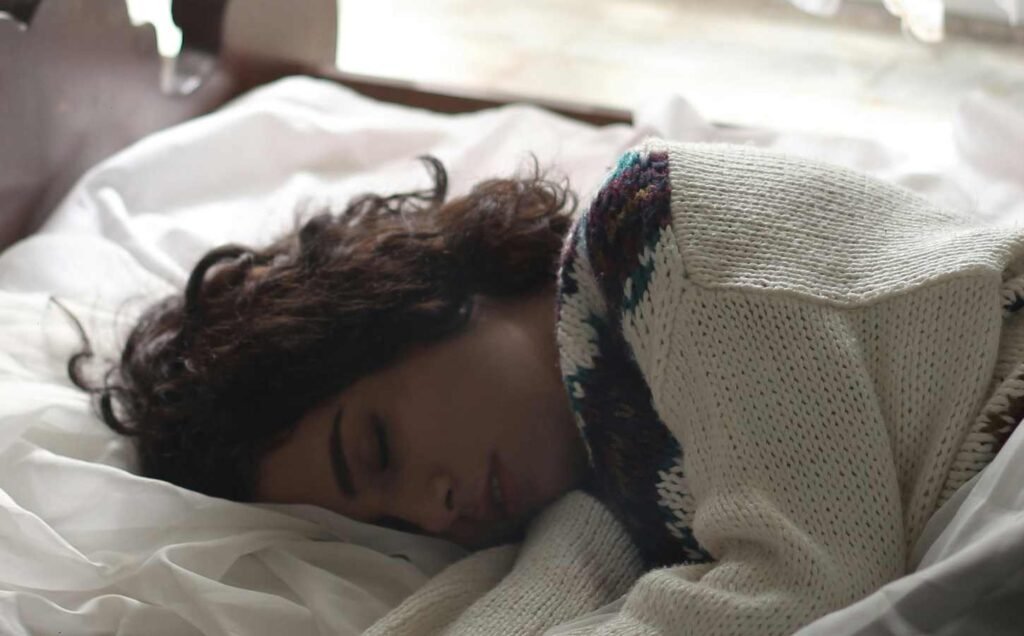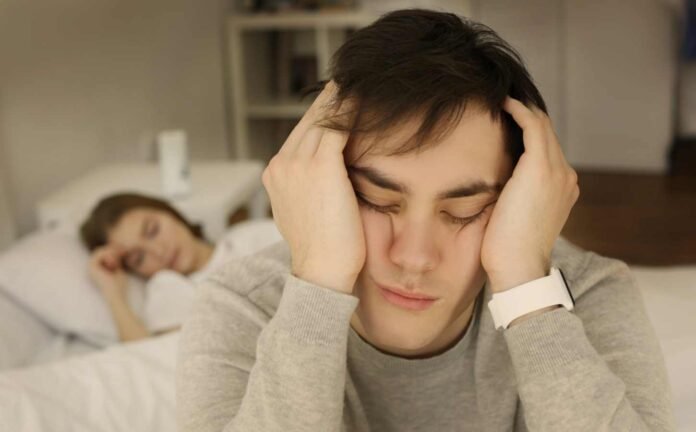The International Classification of Sleep Disorders is a diagnostic classification system that categorizes sleep disorders based on their clinical features and underlying causes.
The International Classification of Sleep Disorders (ICSD) is developed and maintained by the American Academy of Sleep Medicine (AASM) in collaboration with other international sleep organizations.
The International Classification of Sleep Disorders was first published in 1990 and has since undergone several revisions to reflect advances in sleep medicine research and clinical practice. The latest version, ICSD-3, was published in 2014 and includes over 80 sleep disorders classified into 8 major categories. The ICSD-3 also provides diagnostic criteria and coding guidelines for each disorder, which are used by sleep specialists and researchers worldwide.
The International Classification of Sleep Disorders is an essential tool for the accurate diagnosis and treatment of sleep disorders. It allows clinicians to classify patients’ sleep problems and select appropriate interventions based on evidence-based guidelines. The International Classification of Sleep Disorders also facilitates communication and collaboration among sleep specialists, researchers, and other healthcare professionals.
Classification and Diagnostic Criteria
ICSD-3 Overview
The International Classification of Sleep Disorders (ICSD) is a diagnostic manual that provides standardized criteria for the diagnosis of sleep disorders. The third edition of the ICSD (ICSD-3) was published in 2014 and includes updates and revisions from the previous edition (ICSD-2).
The International Classification of Sleep Disorders-3 includes seven major categories of sleep disorders: insomnia, sleep-related breathing disorders, central disorders of hypersomnolence, circadian rhythm sleep-wake disorders, parasomnias, sleep-related movement disorders, and other sleep disorders.
Each category includes specific diagnoses and diagnostic criteria. The diagnoses are based on a combination of clinical presentation, polysomnography, and other diagnostic tests.
Comparisons with ICD and DSM
The International Classification of Sleep Disorders-3 is distinct from other diagnostic manuals such as the International Classification of Diseases (ICD) and the Diagnostic and Statistical Manual of Mental Disorders (DSM). While the ICD and DSM include some sleep disorders, they do not provide as comprehensive of a classification system as the ICSD-3.
The International Classification of Sleep Disorders-3 also differs from the ICD and DSM in its focus on objective diagnostic criteria, including the use of polysomnography and other diagnostic tests.
Diagnostic Processes
The diagnosis of sleep disorders involves a comprehensive evaluation of the patient’s sleep history and symptoms, as well as physical and neurological examinations. Diagnostic tests such as polysomnography, multiple sleep latency testing, and actigraphy may also be used to aid in diagnosis.
The use of standardized diagnostic criteria, such as those provided in the ICSD-3, helps ensure accurate and consistent diagnosis of sleep disorders.
In summary, the The International Classification of Sleep Disorders-3 provides a comprehensive classification system and diagnostic criteria for sleep disorders. Its distinct focus on objective diagnostic criteria sets it apart from other diagnostic manuals such as the ICD and DSM. The use of standardized diagnostic criteria helps ensure accurate and consistent diagnosis of sleep disorders.
Major Categories of Sleep Disorders
Sleep disorders are a group of medical conditions that affect the quality, duration, and timing of sleep. The International Classification of Sleep Disorders (ICSD) is a diagnostic tool that categorizes sleep disorders into six major categories. Each category includes several subtypes of sleep disorders that have different symptoms, causes, and treatments.
Insomnia Disorders
Insomnia is a common sleep disorder characterized by difficulty falling asleep, staying asleep, or waking up too early. Chronic insomnia disorder is a subtype of insomnia that lasts for at least three months and causes significant distress or impairment in daily functioning. Insomnia disorders can be caused by various factors, such as stress, anxiety, depression, medications, or medical conditions.
Sleep-Related Breathing Disorders
Sleep-related breathing disorders are a group of disorders that affect breathing during sleep. Obstructive sleep apnea is the most common subtype of sleep-related breathing disorders, which is characterized by repeated episodes of partial or complete obstruction of the upper airway during sleep. Central sleep apnea is another subtype of sleep-related breathing disorders, which is caused by a dysfunction in the brain’s respiratory control center.
Central Disorders of Hypersomnolence
Central disorders of hypersomnolence are a group of disorders that cause excessive daytime sleepiness and sleep attacks. Narcolepsy is the most common subtype of central disorders of hypersomnolence, which is characterized by sudden and uncontrollable episodes of sleep during the day. Other subtypes of central disorders of hypersomnolence include idiopathic hypersomnia, Kleine-Levin syndrome, and hypersomnia due to medical or psychiatric conditions.
Circadian Rhythm Sleep-Wake Disorders
Circadian rhythm sleep-wake disorders are a group of disorders that affect the timing of sleep and wakefulness. These disorders are caused by a mismatch between the internal biological clock and the external environment. Delayed sleep-wake phase disorder is a subtype of circadian rhythm sleep-wake disorders, which is characterized by a delay in the timing of sleep onset and wake-up times. Advanced sleep-wake phase disorder is another subtype of circadian rhythm sleep-wake disorders, which is characterized by an early onset of sleep and wake-up times.
Parasomnias
Parasomnias are a group of disorders that involve abnormal behaviors or movements during sleep. Restless legs syndrome is a subtype of parasomnias, which is characterized by an irresistible urge to move the legs during rest or sleep. Other subtypes of parasomnias include sleepwalking, sleep talking, night terrors, and REM sleep behavior disorder.
Sleep-Related Movement Disorders
Sleep-related movement disorders are a group of disorders that involve abnormal movements during sleep. Periodic limb movement disorder is a subtype of sleep-related movement disorders, which is characterized by repetitive movements of the limbs during sleep. Other subtypes of sleep-related movement disorders include restless legs syndrome, sleep bruxism, and rhythmic movement disorder.
In summary, the major categories of sleep disorders include insomnia disorders, sleep-related breathing disorders, central disorders of hypersomnolence, circadian rhythm sleep-wake disorders, parasomnias, and sleep-related movement disorders. Each category includes several subtypes of sleep disorders that have different symptoms, causes, and treatments. It is essential to diagnose and treat sleep disorders to improve the quality of life and prevent the risk of complications.
Special Considerations
Pediatric Sleep Disorders
Sleep disorders in children can have a significant impact on their development and overall health. The International Classification of Sleep Disorders (ICSD) recognizes several pediatric sleep disorders, including obstructive sleep apnea, restless legs syndrome, and narcolepsy.
Pediatric sleep disorders can be challenging to diagnose, as children may not always be able to articulate their symptoms. Evaluating a child’s sleep patterns and behaviors may require input from parents, caregivers, and healthcare providers. Treatment options may include behavioral interventions, medication, or surgery.
Geriatric Sleep Disorders
Sleep patterns can change as people age, with many older adults experiencing difficulty falling and staying asleep. The ICSD recognizes several sleep disorders that are more prevalent in older adults, including sleep apnea, periodic limb movement disorder, and insomnia.
Evaluating sleep disorders in older adults can be complicated by the presence of other medical conditions and medications that may affect sleep. Treatment options may include lifestyle changes, medication, or the use of medical devices such as continuous positive airway pressure (CPAP) machines.
Overall, special considerations must be taken when evaluating and treating sleep disorders in both pediatric and geriatric populations. A thorough evaluation and individualized treatment plan can help improve sleep quality and overall health outcomes.
Creating the Ideal Sleep Environment: A Guide to Optimizing Your Bedroom

Learn how to optimize your bedroom for better sleep by incorporating visual and practical design tips, implementing lighting strategies, achieving the optimal temperature, ensuring good air quality, reducing noise, and incorporating aromatherapy and organization techniques.
Continue reading: Creating the Ideal Sleep Environment
Reclaiming Deep Restful Sleep: The Magnesium Deficiency Solution

Discover the natural solution to deep, restful sleep and magnesium deficiency through the efficacy of PUREDOSE® Micelle Liposomal Magnesium. This superior bioavailable supplement promotes optimal sleep support and overall well-being.
Continue reading: Reclaiming Deep Restful Sleep





